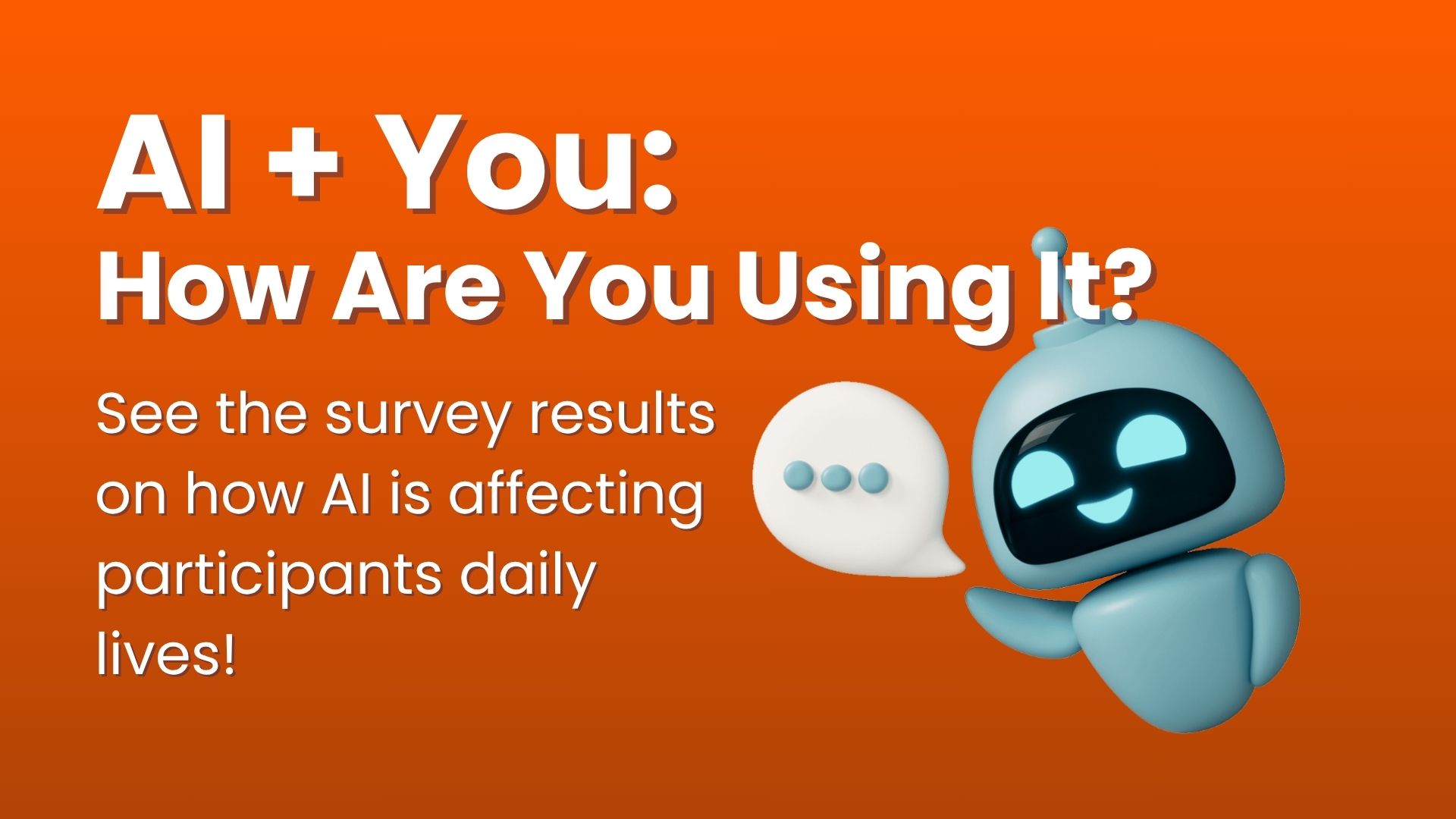If you’ve ever found yourself trying to make adjustments in your marketing strategy, you probably felt a bit like Ross from Friends screaming, “PIVOT!” while trying to move a couch up a narrow staircase. Just like Ross’s struggle, marketing isn’t always a smooth process—it can be messy, awkward, and require more adjustments than you expect. But, when you get the hang of it, pivoting is one of the most important tools in your marketing arsenal.
The Power of the Pivot: Channeling Your Inner Ross
In the world of marketing, pivoting is just as crucial. Consumer behavior shifts, trends come and go, and new platforms emerge almost daily. The ability to adjust and adapt your marketing strategy on the fly is what keeps brands relevant and competitive. But how do you know when it’s time to pivot?
Impressions and Beyond
Let’s start with impressions, the marketing equivalent of getting your foot in the door. Impressions measure how many times your ad, content, or message is displayed to your audience, whether they interact with it or not. Every time someone scrolls past your post on Instagram, sees your billboard, or hears your radio ad, it’s an impression. Think of it like waving “hello” to someone across the room—it might not lead to a full conversation, but it lets them know you’re there.
Now, impressions are just one part of the story. To make the most of your marketing efforts, you’ll want to track a range of key performance indicators (KPIs) that show how many people see your message and how they engage with it. Here are a few key players you’ll want on your team:
- Click-Through Rate (CTR): This shows the percentage of people who clicked on your ad or content after seeing it. CTR helps you understand if your messaging is resonating and driving action.
- Conversion Rate: This is the percentage of people who completed a desired action, such as signing up for a newsletter or making a purchase.
- Engagement Rate: This metric tracks likes, shares, comments, and other forms of interaction with your content. It’s a sign that your audience isn’t just seeing your message—they’re actively responding to it.
- Return on Ad Spend (ROAS): This measures the revenue generated for every dollar spent on advertising.
- Customer Lifetime Value (CLTV): This predicts the total revenue you can expect from a customer throughout their relationship with your brand. It helps you focus on long-term success, not just quick wins.
But no matter how great your CTR or engagement rate is, impressions are the first stepping stone. You can’t convert, engage, or sell if no one knows you exist!
Why Impressions Matter: First Steps to Big Wins
You might be thinking, “Impressions are just people seeing my ad—why do they matter?” Well, much like Ross trying to maneuver that couch, if you don’t get the first step right, everything after can feel like a struggle. Impressions are the top of the marketing funnel. They’re about visibility—making sure your brand is seen by as many people as possible.
The higher your impressions, the greater your chances of moving people down the funnel into action. And when you start connecting impressions with engagement, that’s when you know it’s time to pivot, refine your strategy, and drive results.
Just like Ross had to rethink his approach (though maybe not so successfully), you can make small adjustments to see big results.
Pivoting Like a Pro: When and How to Change Course
Pivoting doesn’t mean starting from scratch every time something doesn’t go according to plan. It’s about making smart, data-driven adjustments that keep your marketing strategy flexible and effective. Here are a few tips to make sure you’re pivoting like a pro:
- Stay Data-Driven: Before you pivot, look at the numbers. Are impressions high but clicks low? Is your CTR lagging behind industry benchmarks? Use this data to guide your changes and to provide benchmarks.
- Experiment: Don’t be afraid to test new strategies or platforms. Maybe your target audience is more active on LinkedIn than Facebook, or perhaps email marketing outperforms paid search. Try new things and track what works.
- Keep It Consistent: Even as you pivot, make sure your messaging stays consistent across all channels. Your audience should feel like they’re hearing from the same brand, no matter where they encounter you.
- Know When to Pivot and When to Push Forward: Not every low-performing campaign needs a full overhaul. Sometimes, a small tweak is all it takes to turn things around. Be strategic about when to pivot and when to stay the course.
Pivot with Purpose!
Being able to pivot is essential in marketing. So, embrace your inner Ross, and when you’re facing a marketing challenge, don’t panic—just PIVOT!
Share this post:









